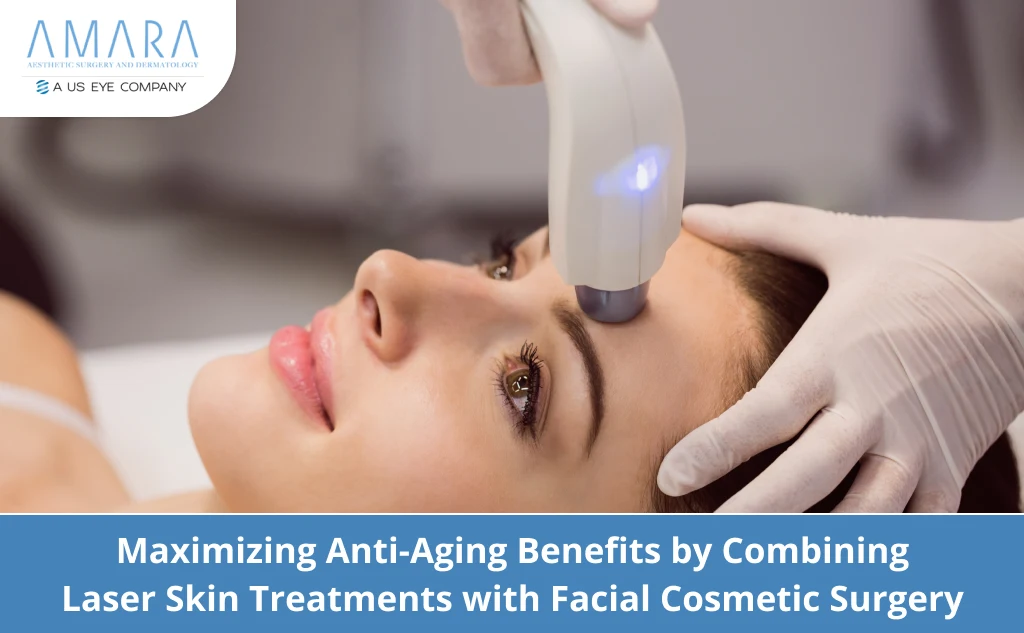Reviewed by: Dr. John P. Fezza, M.D
Facial aging shows up in layers. Deep tissues loosen, creating jowls and neck bands, while the skin’s surface develops fine lines, discoloration, and a weather-beaten texture. Correcting only one layer is like repainting a house without repairing the foundation—or vice versa. For patients who want a unified, natural-looking rejuvenation, surgeons now frequently pair facial cosmetic surgery with laser resurfacing in a single, carefully planned session.
Why a Dual Approach Works
Facial surgery, such as a facelift, neck-lift, or eyelid lift, repositions muscle and connective tissue, removes excess skin, and restores youthful contours. Laser resurfacing targets the outer layers that surgery cannot reach, vaporizing damaged cells and stimulating fresh collagen.
When combined:
- Surgery restores structure and reduces deep folds.
- Laser therapy improves tone, color, and fine lines.
- One recovery period replaces two, saving weeks of downtime and reducing facility costs.
The result is a face that looks both firmer and fresher, without the mismatch that can occur when procedures are staged months apart.
Benefits of Combining Laser and Cosmetic Surgery
A single, coordinated treatment plan provides benefits that patients cannot obtain when procedures are staged months or years apart.
- Comprehensive renewal: Surgery tightens and re-contours; laser therapy clarifies pigmentation, smooths texture, and minimizes fine lines, creating harmony from hairline to collarbone.
- Less downtime: Since surgical swelling and laser redness peak at the same time, patients are usually back to work in about two to three weeks, rather than facing two separate recovery periods.
- Cost efficiency: One anesthesia event and shared facility fees reduce total expense compared with scheduling separate sessions.
- Collagen support: Heat from the laser stimulates collagen remodeling that continues for months, subtly reinforcing the tightened tissue and extending the longevity of the lift.
Are You a Good Candidate?
You may qualify for the combined procedure if you:
- are in good overall health and can undergo general or deep IV sedation
- do not smoke (or have quit for at least four weeks)
- have realistic expectations about gradual improvement over three to six months
- can protect your skin from sun exposure during healing
- understand that darker skin tones may require gentler fractional settings to reduce pigment risk
Patients with uncontrolled diabetes, bleeding disorders, or a history of keloid scars often benefit from staging treatments instead of combining them.
Matching Laser Energy to Individual Goals
Laser resurfacing is not a single-setting solution. Your surgeon matches wavelength, energy, and density to your skin tone, texture, and timetable for recovery so you get a visible change without unnecessary risk. With those variables in mind, your plan may look like one of the following:
- Deep wrinkles, acne scars, or heavy sun damage often respond best to a single fractional CO₂ session with moderate density.
- Fine lines and mild photo-aging may call for a lighter erbium: YAG pass that heals faster while still brightening tone.
- Darker skin tones or those prone to hyperpigmentation frequently benefit from a series of gentler non-ablative fractional treatments spaced weeks apart.
Your provider selects the technology and settings that respect fresh surgical tissue without sacrificing visible improvement.
Protecting and Extending Your Results
Once your skin has healed, your provider will outline a personalized maintenance strategy to safeguard—and gently build on—your surgical and laser gains. While specific recommendations vary by patient, a typical roadmap might include:
- Quarterly complexion check-ins using high-resolution imaging to monitor tone, pore size, and early pigment changes.
- Medical-grade home care that pairs a daytime antioxidant serum and mineral SPF with a prescription-strength retinoid applied several nights a week.
- Targeted nutritional support, such as vitamin-C or glutathione injections, when labs or lifestyle suggest an added boost for collagen repair.
- Annual light resurfacing or broadband-light “polish” to clear emerging sun spots and nudge fresh collagen at the surface.
These touchpoints keep your results looking consistent and help your care team catch small shifts before they become noticeable—extending the lift and clarity achieved in your dual procedure.
Answers to Common Questions
Is it safe to combine a laser with a facelift?
Yes, when the plan comes from a board-certified facial plastic surgeon who works closely with a laser-trained dermatologist. The team lowers laser density along fresh incisions, protects underlying tissue with cooling passes, and monitors healing at early follow-ups. Published studies show no higher risk of infection or poor scarring when these safeguards are in place.
Will a combined procedure hurt more than surgery alone?
Discomfort peaks in the first 48 hours and is controlled with prescribed medication and cool compresses. Most patients describe the sensation as a deep sunburn layered over typical post-surgical tightness.
Can laser resurfacing worsen scars?
When performed by an experienced team, fractional passes soften incision edges and help scars blend into surrounding skin.
When can fillers or Botox resume?
Injectables can be restarted at the three-month follow-up to fine-tune volume or expression lines.
How long is the recovery if I do both treatments together?
Most patients reach “video-call ready” in about two to three weeks, because surgical swelling and laser redness peak and fade on the same timetable. Social events without makeup usually resume by week four, and vigorous exercise around week six. Staging the procedures months apart would double that downtime, so the combined approach saves several weeks overall.
Making an Informed Choice
Beyond simple convenience, pairing laser resurfacing with facial surgery is rooted in the science behind how wounds heal. Swelling from surgery delivers nutrients to laser-treated skin, while laser heat increases blood flow that aids incisions. The result is cohesive rejuvenation—lifted contours under clear, glowing skin—that can last for many years when paired with healthy habits and periodic maintenance.
Consult the Specialists at AMARA
The board-certified facial plastic surgeons and dermatologists at AMARA Aesthetic Surgery & Dermatology collaborate daily to design safe, effective dual-procedure plans. If you are ready to lift sagging tissues and improve surface quality without back-to-back downtimes, schedule a private consultation in Venice, Florida. Together, we’ll map out a timeline, customize laser settings, and provide you with the guidance needed to heal confidently. One well-planned journey can restore structure and radiance, helping you look refreshed and feel like yourself again.
Resources:
- https://www.veinhealthclinics.com/blog/what-to-expect-from-your-first-sclerotherapy-appointment/
- https://tinsleysurgical.com/5-tips-for-preparing-for-your-sclerotherapy-procedure/
- https://www.rebeyou.com/blogs/what-to-expect-after-sclerotherapy/preparing-for-a-sclerotherapy-appointment
- https://www.viaveincenter.com/blog/how-to-get-ready-for-sclerotherapy
**While we strive to provide accurate and up-to-date information, medical knowledge is constantly evolving, and new research may change the nature of certain conditions. Please remember to consult with a healthcare professional or dermatologist for proper diagnosis, treatment, and guidance regarding skin cancer or any other medical condition.**



